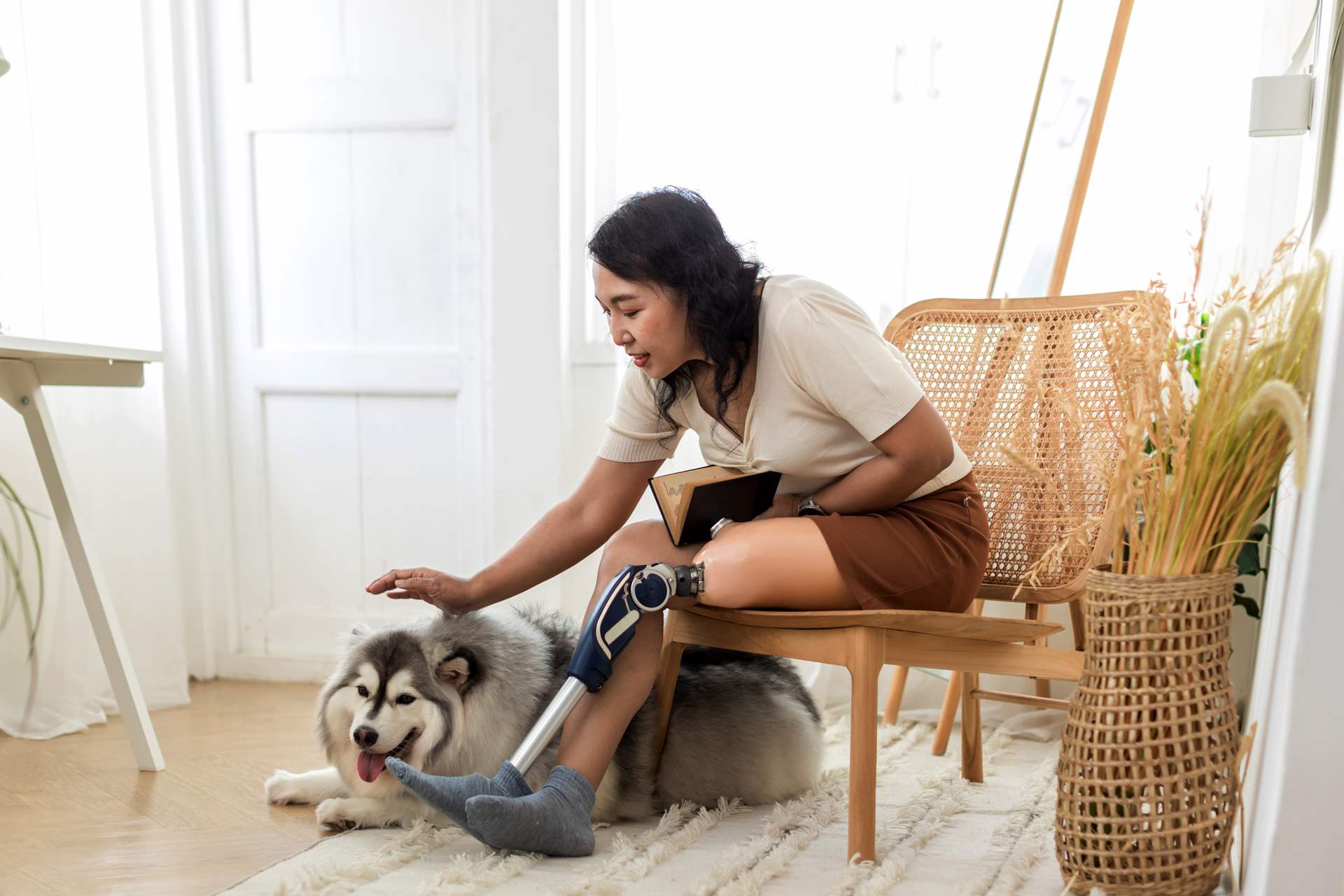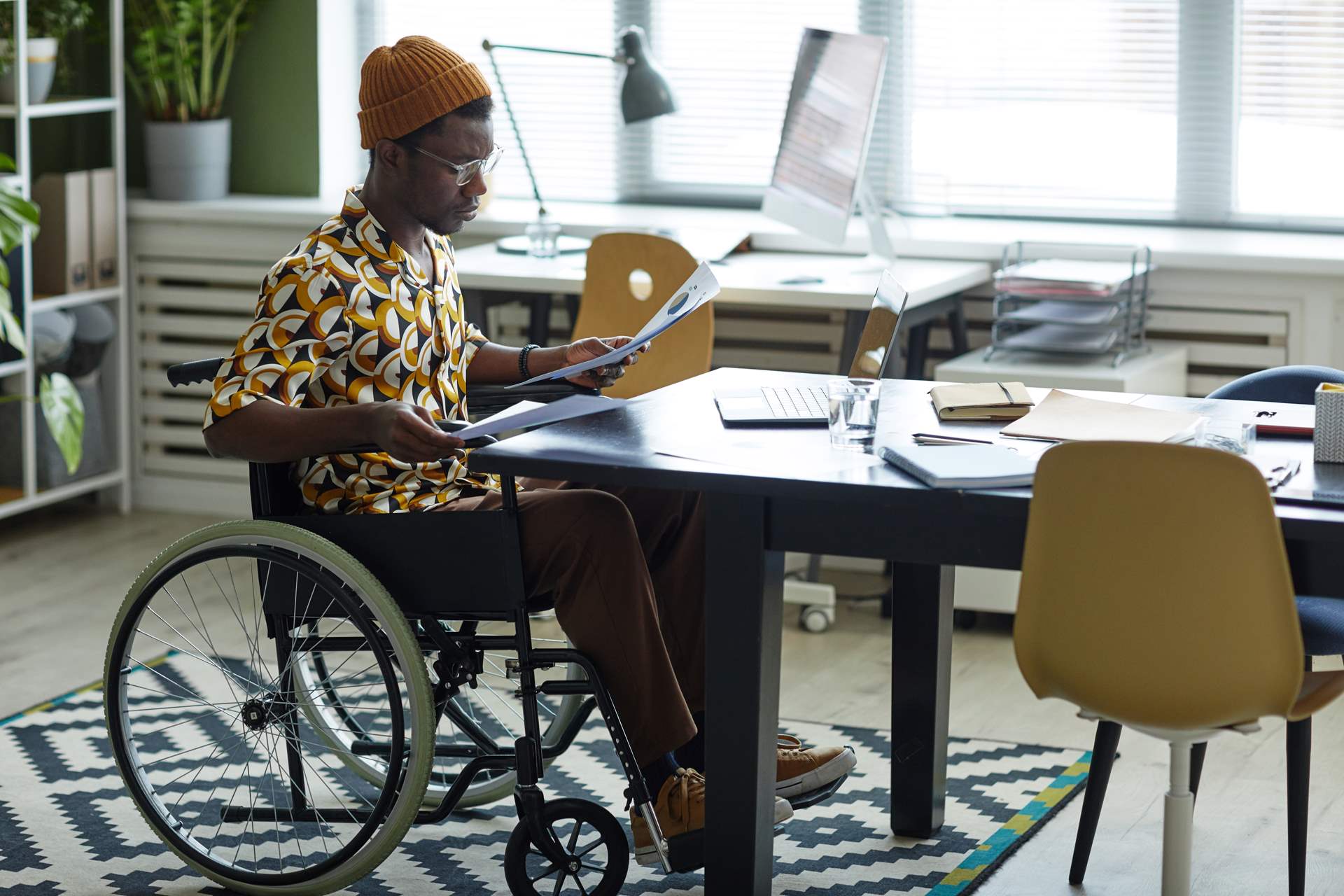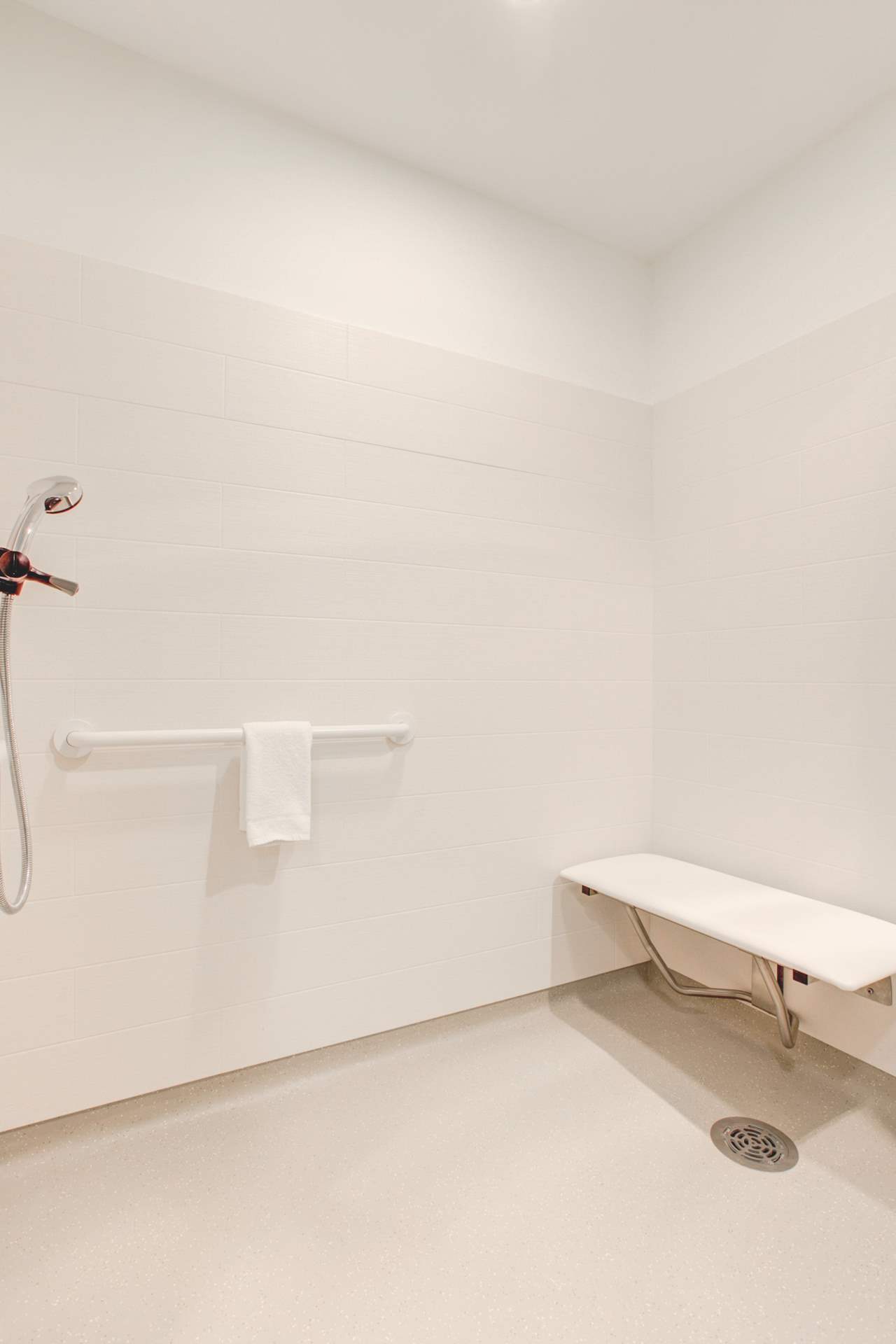
Can't see the region you're looking for? You can find a list of our global locations here
As individuals encounter various life stages, they may confront physical limitations and challenges that affect their ability to lead an independent lifestyle. Home adaptations are crucial to anyone seeking to enhance their living environment and overall well-being.
The concept of “aging in place” or “living in place” has gained significance beyond the aging population.

Many individuals consider their homes as a space where they find comfort and create lasting memories. Adapting the home becomes a vital aspect of ensuring people can maintain their independence and quality of life, regardless of age or physical abilities.
Moving to a new residence can be a substantial upheaval, especially for those who have established deep roots in their homes over the years. Home adaptations offer solutions for individuals of all ages to stay within their familiar surroundings, fostering a positive impact on their mental health.
Home adaptations allow individuals who are disabled, aging or vulnerable to continue to live in their own homes safely. Physical and mental health can deteriorate over time; by preemptively adapting a home now it allows you to create a familiar environment that lasts.
Altro floor and wall solutions offer color and design flexibility, making an adaptation feel like home. We provide guidance for floor and wall selection, particularly taking into account health issues.
Our complete package of floors and walls work together for a seamless, easy to clean and watertight solution that can handle the knocks and bumps of life and reduce maintenance and repair costs.
Altro smooth sheet floors and walls can be used together for easy to clean surfaces that do not allow mold and vermin to take hold. Our acoustic floor options provide noise reduction between floors and ample comfort underfoot. These ranges are perfect for any rooms with a low potential for spills from water and contaminants.

“Aging in place” is rapidly becoming a popular term in gerontology, with most older adults choosing it as their preferred living situation. In fact, the number of seniors in longterm residential care facilities is declining over the years, having dropped 12% from 1970 to 2000 alone (Kaplan).
With the increased aging population comes the need for innovation in senior care – aging in place has been introduced as a way for seniors to have more freedom and independence while continuing to be members of their communities.
Living in place is attractive to many seniors because it eliminates the need to a major move late in life. Moving into a residential facility can be an emotionally and financially draining experience, especially if a senior has lived in the same home for many years.
Along with the significant cost savings, the choice of living in place through home adaptation has many benefits, including:
Falls are a leading cause of injury and death among seniors, and many of these falls occur in the home. With home adaptions, seniors can reduce their risk of falls and other accidents. For example, adding grab bars in the shower or bathtub can make it easier to get in and out, while handrails on stairs can provide support and stability.
Home adaptation can also improve accessibility and make it easier for seniors to perform daily tasks. Such adaptations could be modifying the kitchen can make it easier to prepare meals or widening doorways and halls for wheelchair or walker accessibility. By making these modifications, seniors can maintain their independence and continue to live their lives on their terms.
Finally, home adaptation can provide peace of mind for family members and caregivers. Knowing that the home is safe and accessible can reduce stress and anxiety, particularly for those who live far away from their loved ones.
When designing for living in place the focus needs to be on safety, security, ease of use, comfort, accessibility, and health of the occupant. Through modifications, designers are able to utilize accessibility and safety products to create independent living spaces without them looking or feeling institutional.
The Adaptiv Renovation Manual offers guidelines to homeowners who want to live in their home safely and comfortably for as long as possible regardless of age, ability, size or circumstance.
Per the Adaptive Home Renovation Manual, flooring and wall cladding used in these spaces must be the following:
Transitions:
One of the most important element is flooring in different rooms is to avoid transitions.
Ease of travel:
Floors must be easy to move across for a person using a cane, walker, or wheelchair.
Cleanable:
Flooring shall be unaffected by wet cleaning, germicides and other types of cleaning solutions.
Comfort:
Floors should offer comfort underfoot with a minimum of fatigue.
Slip-resistant:
Floors should have adequate slip resistance to prevent slip and fall accidents.
Renovating a home for living in place is a unique opportunity to see how well the original building has performed and how to modify and improve the space for the occupants.
Building Codes are based on the minimum acceptable standards and the renovator may need to go beyond the minimum standards to accommodate the client.
The National Building Code consists of model codes that are relevant to new construction, significant renovations, and, in certain jurisdictions, building additions across North America.
However, their enforcement and applicability depend on the adoption by the respective provincial, territorial, or local authorities. Prior to undertaking any renovation project, renovators must ensure to verify and comply with the specific building code requirements in their local area.
The building department can also provide valuable guidance on the optimal design and construction methods for the specific area.

Homes are inhabited and visited by individuals of diverse ages, sizes, and abilities, ranging from infants to seniors. As our lives evolve and new people enter our homes, our housing needs change accordingly.
Designing and constructing homes based on the principles of universal design ensures safety and accommodation for this wide range of ages and abilities.
To achieve effective universal design and construction, it is crucial to genuinely understand how individuals with disabilities interact with their surroundings.
An accessible home empowers individuals to pursue their needs and desires with as much independence as possible. This may involve straightforward modifications like installing grab bars and a tub seat in the bathroom.
The renovator should follow these steps to create a tailored solution based on the client’s needs:


Floors and walls play a key role in creating attractive, welcoming environments. When designing for living in place, the space must be more than pleasant to look at. All flooring and wall finishes must provide a safe, stable, and durable foundation that can handle the health needs of aging and vulnerable residents.
Regardless of the size of the home, the selection of floors and walls is critical because you need to minimize risks to overall health and safety. Designed for living in place functionality, Altro flooring and wall cladding combines safety and durability with warm colors and tones that enhance the residents’ living environment.
Altro floors are extremely durable, with indentation resistance and surface abrasion results enable it to resist scuffing and other damage.
Likewise, our wall cladding is highly impact-resistant and known to withstand damage normally caused by wheelchairs and equipment being moved within a home.
Considerations:
Altro Aquarius was developed for lasting performance in wet environments, shoes or barefoot. This 2mm safety floor has been extensively tested on a variety of shoe types (and bare feet) to ensure peak performance in accessible showers and bathrooms where soaps and gels are present and create hazardous conditions for aided care.
In collaboration with North American healthcare interior designers, Altro Aquarius now offers six neutrals specifically created to match popular Sherwin-Williams® colors.
This attractive, general purpose wood-look sheet flooring is available in a range of designs with different plank sizes and shades, including a fine-line design, a classic wide plank and rustic designs, helping you create the right look for areas where people live.
Altro Wood is available in a variety of thicknesses as well as in an adhesive-free option for smooth transition between areas requiring different levels of underfoot comfort and sound absorption.
Attractive looks and lasting durability are not the only traits that make Altro Lavencia the premier LVT for commercial applications — Altro Lavencia is now proudly manufactured in the USA!
Available in updated films ranging from classic wood tones, coordinating stones, brights and even modern organic looks, Altro Lavencia is a stylish, low-maintenance option for a host of application areas.
Altro Whiterock wall designs provide elegance and durability in natural wood, stone and linen designs on an Altro Whiterock wall sheet, creating a design focal point. Ideal in bathrooms where you need to impress, without compromising on durability.
Altro Tegulis hygienic wall panel solution with a chic, authentic tile look and feel. Easy to install and available in interlocking and straight-edge formats with a variety of tile sizes and configurations.